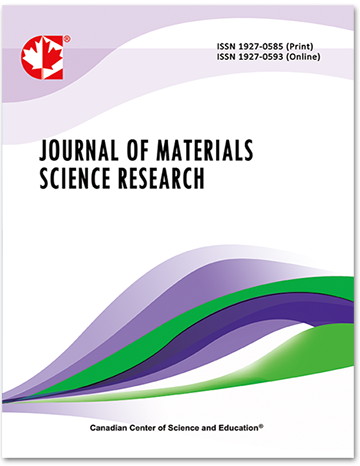Comparison of Dislocation Density Tensor Fields Derived from Discrete Dislocation Dynamics and Crystal Plasticity Simulations of Torsion
- Reese Jones
- Jonathan Zimmerman
- Giacomo Po
Abstract
The importance of accurate simulation of the plastic deformation of ductile metals to the design of structures and components is well-known. Many techniques exist that address the length scales relevant to deformation processes, including dislocation dynamics (DD), which models the interaction and evolution of discrete dislocation line segments, and crystal plasticity (CP), which incorporates the crystalline nature and restricted motion of dislocations into a higher scale continuous field framework. While these two methods are conceptually related, there have been only nominal efforts focused on the system-level material response that use DD-generated information to enhance the fidelity of plasticity models. To ascertain to what degree the predictions of CP are consistent with those of DD, we compare their global and microstructural response in a number of deformation modes. After using nominally homogeneous compression and shear deformation dislocation dynamics simulations to calibrate crystal plasticity flow rule parameters, we compare not only the system-level stress-strain response of prismatic wires in torsion but also the resulting geometrically necessary dislocation density tensor fields. To establish a connection between explicit description of dislocations and the continuum assumed with crystal plasticity simulations, we ascertain the minimum length-scale at which meaningful dislocation density fields appear. Our results show that, for the case of torsion, the two material models can produce comparable spatial dislocation density distributions.
- Full Text:
 PDF
PDF
- DOI:10.5539/jmsr.v5n4p44
Journal Metrics
Impact Factor 2022 (by WJCI): 0.583
Google-based Impact Factor (2021): 0.52
h-index (December 2021): 22
i10-index (December 2021): 74
h5-index (December 2021): N/A
h5-median (December 2021): N/A
Index
- CAS (American Chemical Society)
- CNKI Scholar
- Elektronische Zeitschriftenbibliothek (EZB)
- EuroPub Database
- Excellence in Research for Australia (ERA)
- Google Scholar
- Infotrieve
- JournalTOCs
- LOCKSS
- NewJour
- PKP Open Archives Harvester
- Qualis/CAPES
- SHERPA/RoMEO
- Standard Periodical Directory
- Universe Digital Library
- WJCI Report
- WorldCat
Contact
- John MartinEditorial Assistant
- jmsr@ccsenet.org
